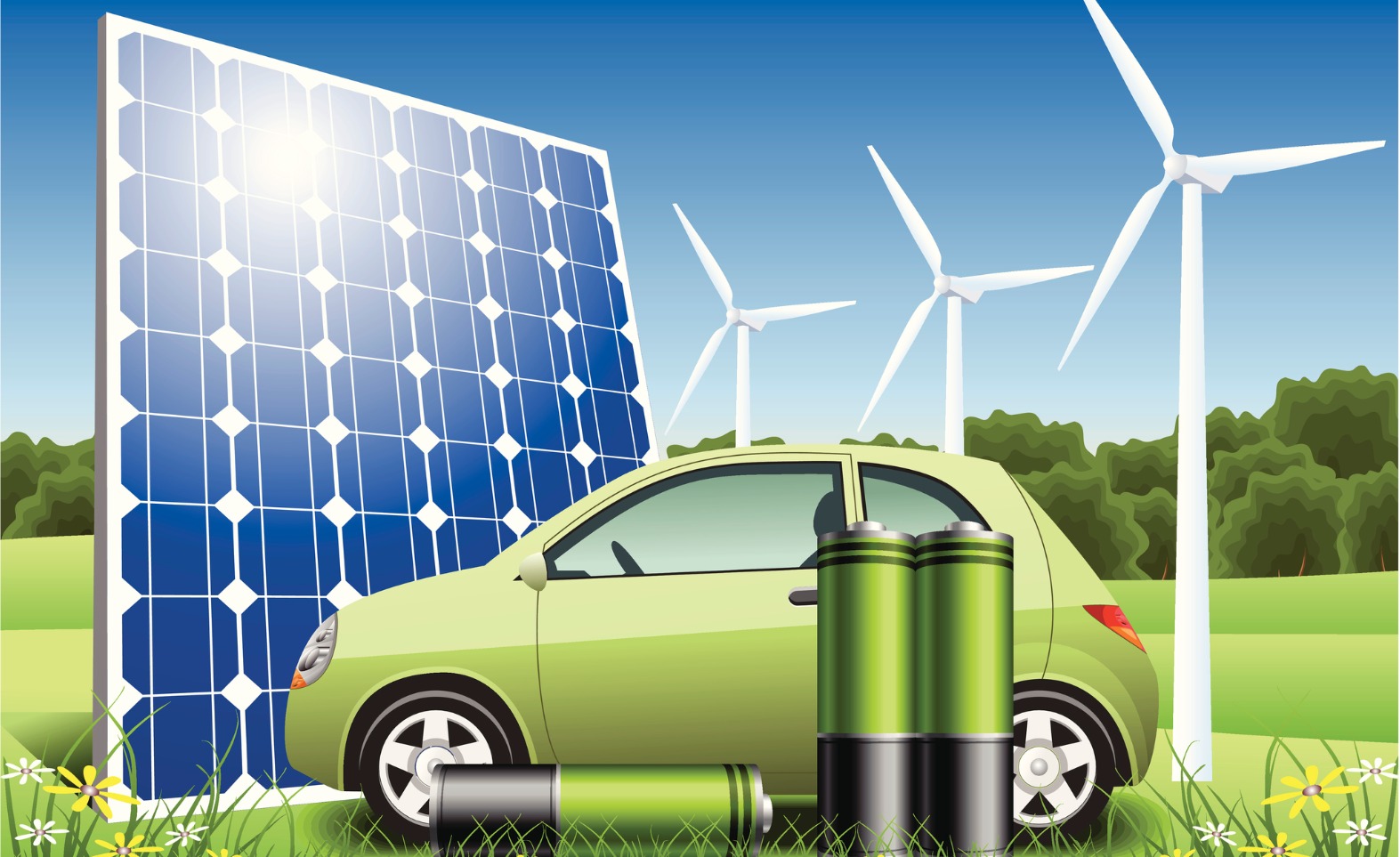
July 25, 2022
Lithium-ion Batteries (LIBs) in the country are mainly deployed for consumer electronics, such as laptops, smartphones, notebooks, and tablets
The digitalisation of platforms and the further integration of technology into everyday activities are expected to drive the growth of demand for electronic items
Consumer electronics energy storage was the biggest market for LIBs in 2020, with a total market capacity of 4.5 GWh
Consumer electronics energy storage was the biggest market for LIBs in 2020, with a total market capacity of 4.5 GWh

India’s battery storage potential could reach up to 600-Gigawatt Hour (GWh), according to a report titled ‘Advanced Chemistry Cell Battery Reuse and Recycling Market in India’ by government think-tank Niti Aayog.
The adoption of battery storage will be primarily driven by the demand for electric vehicles, stationary storage, and consumer electronics.
LIBs in the country are mainly deployed for consumer electronics, such as laptops, smartphones, notebooks, and tablets.
The digitalisation of platforms and the further integration of technology into everyday activities are expected to drive the growth of demand for electronic items. The report also said that the electrification of transportation and the usage of battery energy storage in electricity grids will be the key drivers in the growth of battery demand. However, there is a need for a regulatory framework that incentivises all stakeholders to participate in the recycling. This will propel the development of battery recycling ecosystem in the country.
According to the report, energy storage for consumer electronics was the biggest market for LIBs in 2020, with a total market capacity of 4.5 GWh. Electric vehicle (EV) sales accounted for around 10% (0.92 GWh) of the LIB market.
Between 2010 and 2020, the global demand for batteries grew at a Compound Annual Growth Rate (CAGR) of 25% to reach an annual demand of about 730 GWh.
By the end of this decade, the demand for battery capacity is expected to reach an annual rate of 3,100 GWh, indicating a growth of 16% CAGR between 2020 and 2030.